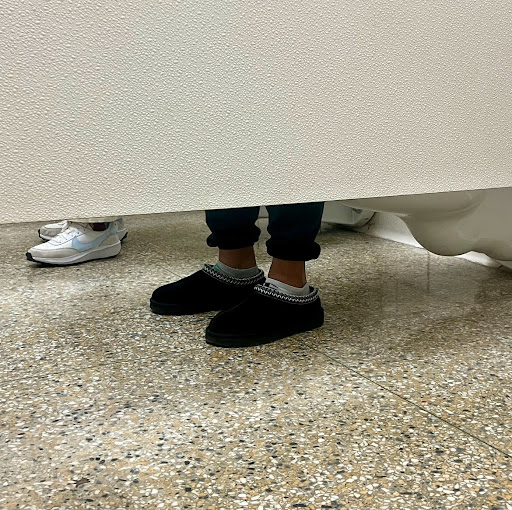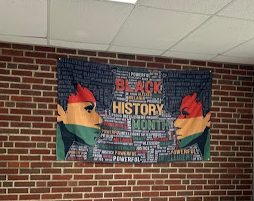SHS ESL program

Photo credit: http://www.ghmission.com/index.php?option=com_content&view=article&id=8&Itemid=114&lang=en
December 18, 2018
Around 25 years ago the English as a Second Language (ESL) program at Solon High School (SHS) was created. Andrea Young, the current ESL teacher at SHS, co-founded the program. It was designed to teach the English language and American culture to students new to the United States. Currently, there are 28 students in the ESL program at SHS, seven of whom are new to Solon.
The schooling system at SHS is very different from many other countries. Mustafa Omur, a sophomore at SHS from Turkey, said the school district is more serious in the United States than it was in Turkey.
Solon’s school also has a much different format than a lot of countries.
“In China, everybody takes the same class, they have the same textbook. In America, in high school all the classes are elective. You choose what you like… there’s a lot of choices,” Yuan Hong, a junior at SHS from China, said.
Not only do ESL students have to adjust to the education system, but some of them also have to adapt to the social environment at SHS.
“I have two types of friends,” Hong said. “One is my ethnic, like Chinese… Another group of friends, they are American… Because they have their own culture, we have a little difference… Sometimes they use their language like slang, some phrases that I don’t really understand. It makes it hard to talk with them. But… I’m more close to them every year because I’m more familiar about America, and their culture.”
In order to exit the ESL program, students must pass the Ohio English Language Proficiency Assessment (OELPA). The OELPA is an online state test given every year between February and March. It tests students reading, writing, speaking, and listening skills in English. Students must take the assessment every year until they pass.
“The OELPA is getting harder each year,” Young said. “Last year, the state told us that they are going to look at the writing and they want to bring up the standard of writing. So even across the whole state, not as many students are exiting [ESL programs].”
Additionally, most ESL students are unfamiliar with the computerized programs SHS uses such as Edulastic, Google Classroom, and Turnitin. The ESL teachers help students to adjust and learn how to use these programs.
“Edulastic, that’s really hard for them,” Young said. “They can use a dictionary, but it’s a paper dictionary and it only has 20,000 words in it… They can use it so it helps a little bit but it’s a whole concept of using computer tests… Anything technology is all brand new so you have to go step by step and walk them through it.”
Also, the students aren’t the only ones learning in ESL. The program also allows teachers to learn about the student’s culture.
“[It is] such a wonderful experience having all the kids from different countries,” Young said. “…It’s very fun to learn about all their cultures as they are learning all about ours”











